Operational risk teams live in the details of processes, risks, and controls. The faster they can capture those relationships, assess them, and act on insights, the stronger the organization’s resilience becomes. With the release of IBM OpenPages 9.1, operational risk teams now have access to features that streamline assessments and make it easier than ever to connect the dots between business activities and risk.
One of the most powerful additions in IBM OpenPages 9.1 is nested grids. For the first time, operational risk managers can view the full hierarchy of business entities, their processes, and associated risks and controls in a single view. Imagine pulling up a task and instantly seeing not just the process, but the risks tied to that process, and the controls linked to those risks. No jumping between screens, no waiting for reports—just a clear, visual map of how risk connects to daily operations. This makes assessments faster, more consistent, and easier to explain to stakeholders who want to see how controls directly mitigate risks.
Another significant enhancement is the ability to integrate machine learning insights directly into views. Administrators can configure task or report views to send data to custom models, and users can trigger insights with a single click. For operational risk teams, this means models can analyze process or control data in real time, flag anomalies, and provide recommendations without lengthy manual reviews. Risk managers can move from identifying potential issues to seeing predictive insights in context, cutting down assessment cycles dramatically.
Collaboration is also improved. With @ mentions in object comments and the ability to add a Comment Activity panel to dashboards, operational risk professionals can bring the right people into the conversation instantly. If a control tester identifies a weakness, tagging the process owner ensures accountability without waiting for email chains or scheduled meetings. This faster feedback loop helps teams address issues before they escalate.
Finally, data export opens up new possibilities. Risk teams can now export OpenPages data for use in dashboarding, regulatory reporting, or even Retrieval-Augmented Generation (RAG) AI models. This gives operational risk leaders flexibility to present their risk and control environment in the formats that executives, auditors, and regulators expect, while keeping OpenPages as the system of record.
At SureStep, we see IBM OpenPages 9.1 as more than just a software update. It’s a step forward in helping operational risk teams do their core job better: connect processes, risks, and controls in a way that drives faster insight and smarter decisions. By reducing friction, improving visibility, and enabling collaboration, version 9.1 allows risk teams to spend less time chasing data and more time managing it.
For organizations aiming to strengthen their operational risk capabilities, the new release of IBM OpenPages provides a modern platform that aligns with the speed and transparency regulators and executives now demand. And with the right implementation and governance, those capabilities become a true enabler of business resilience.


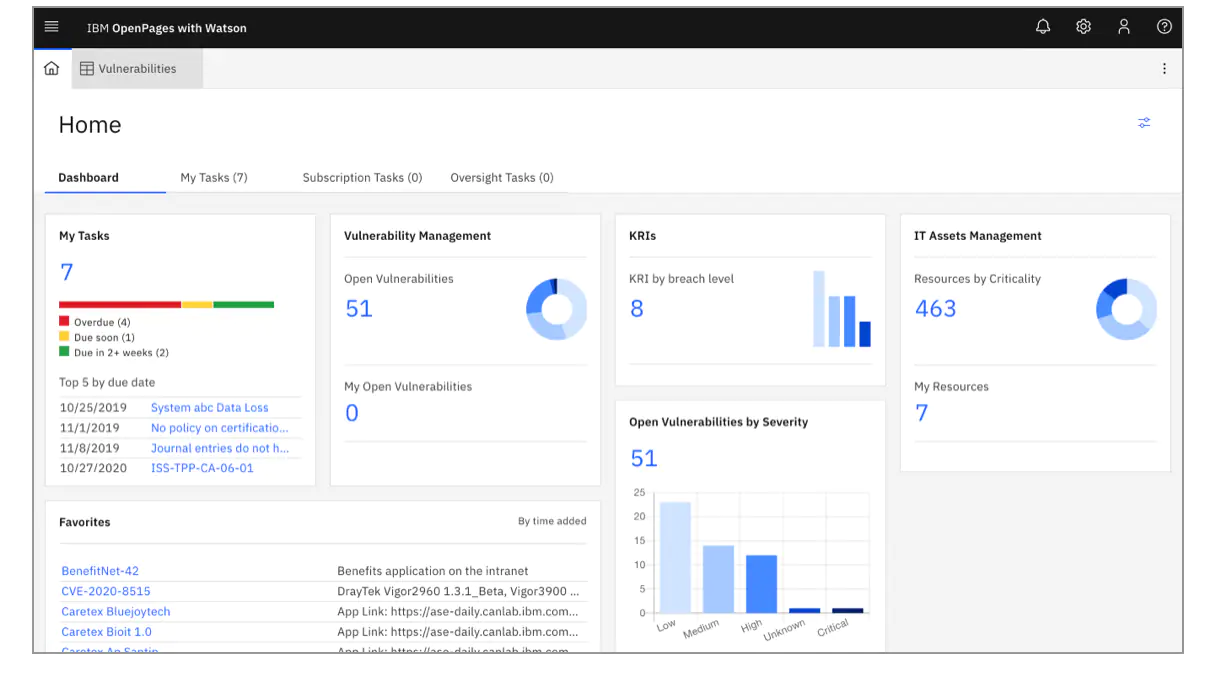





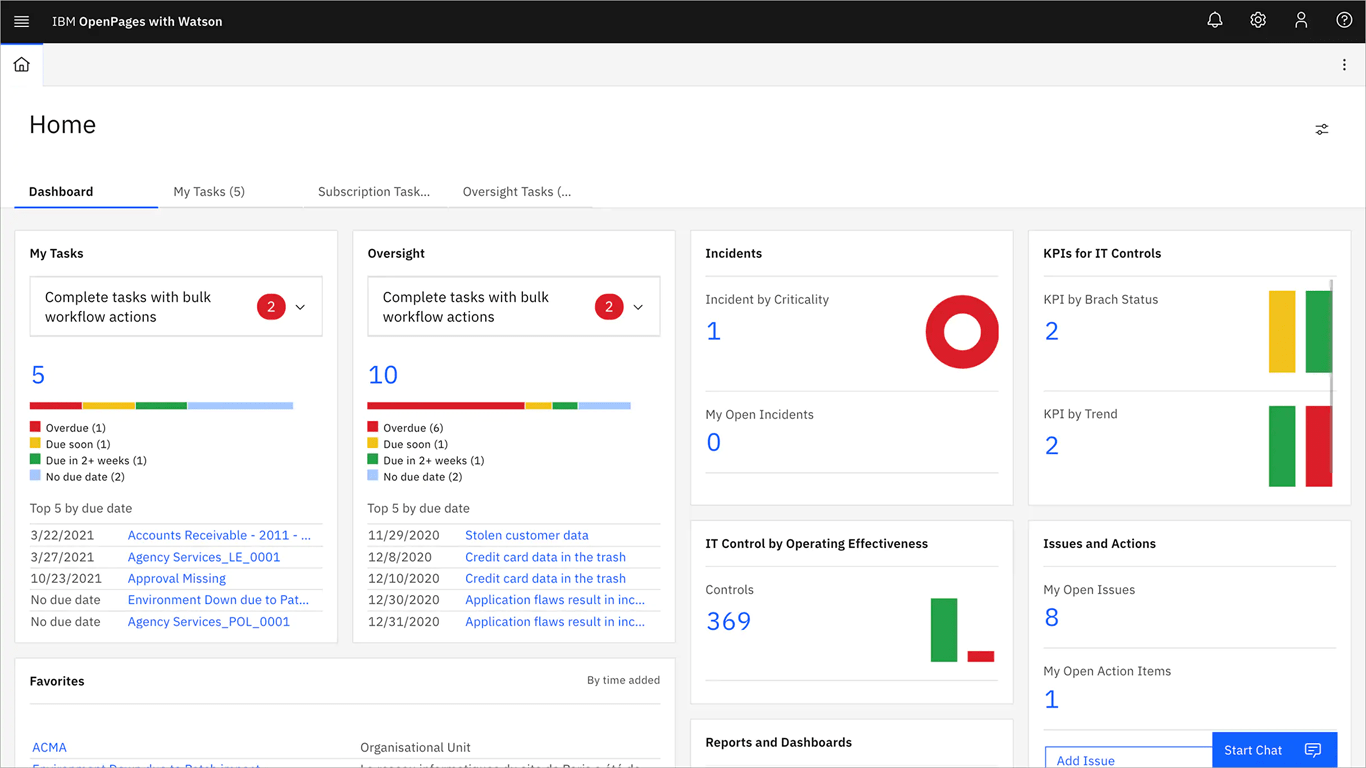


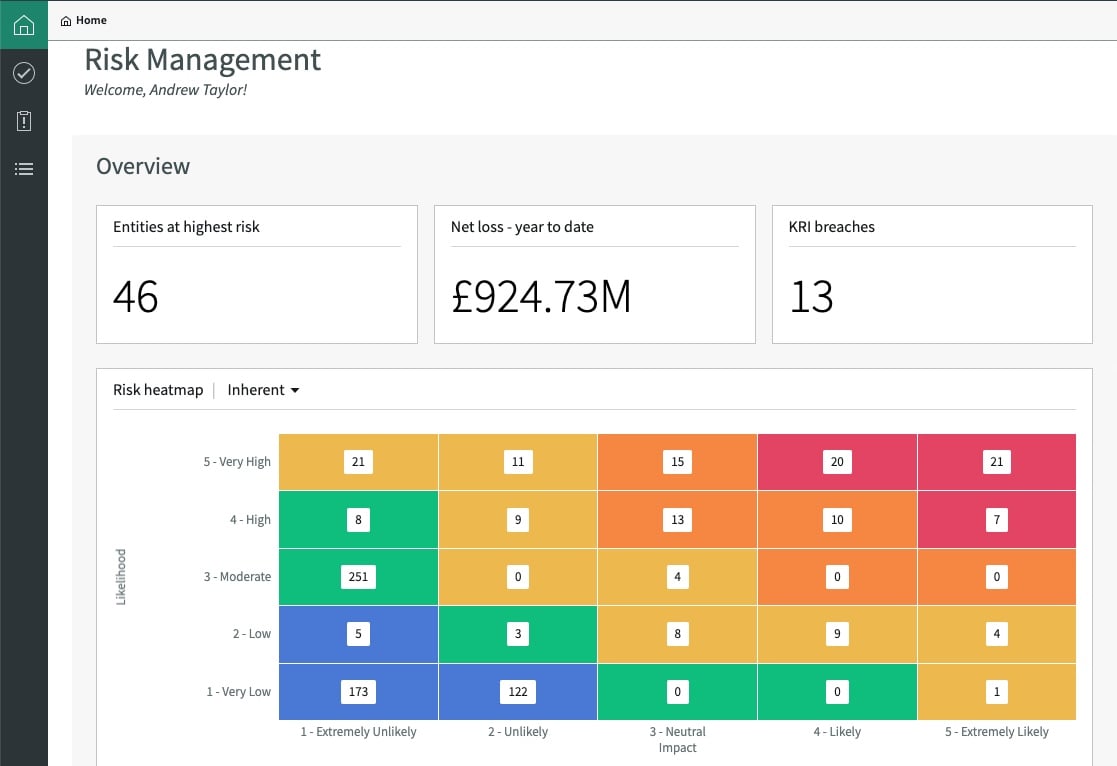







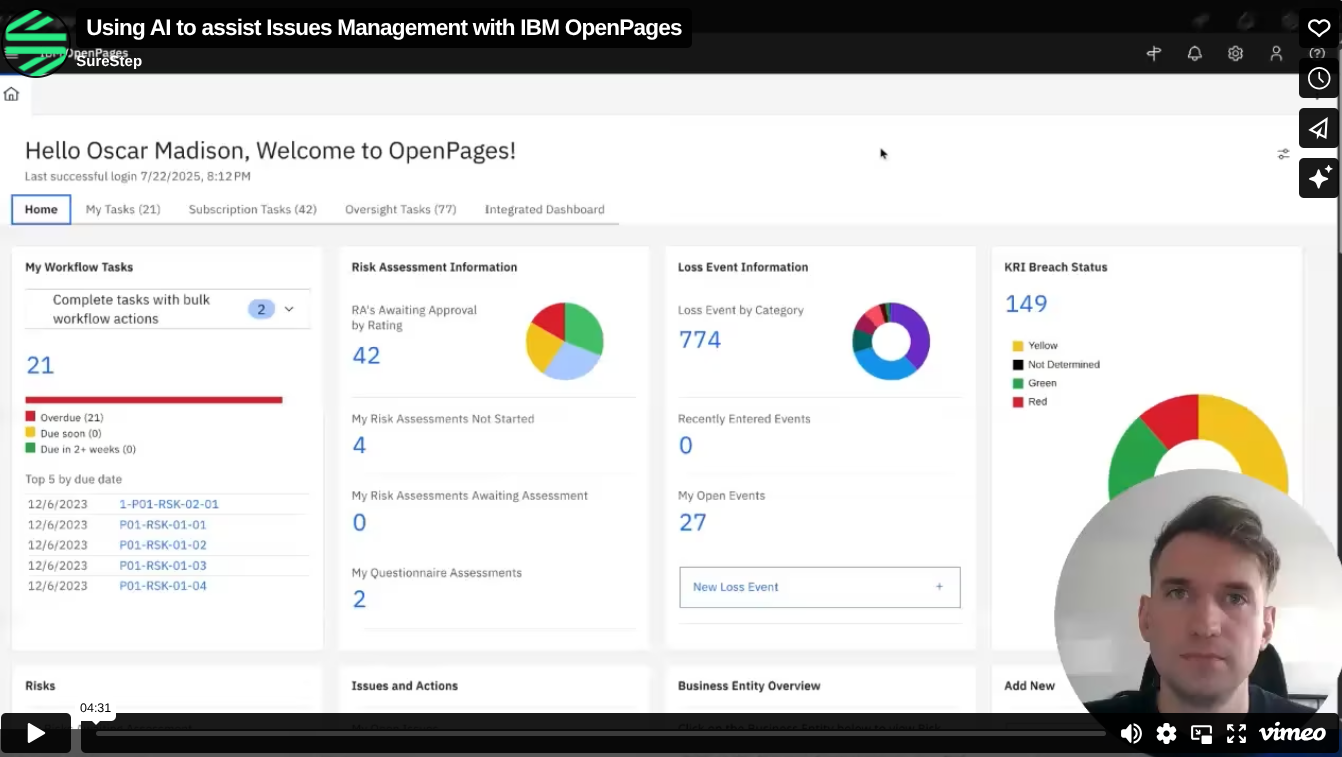







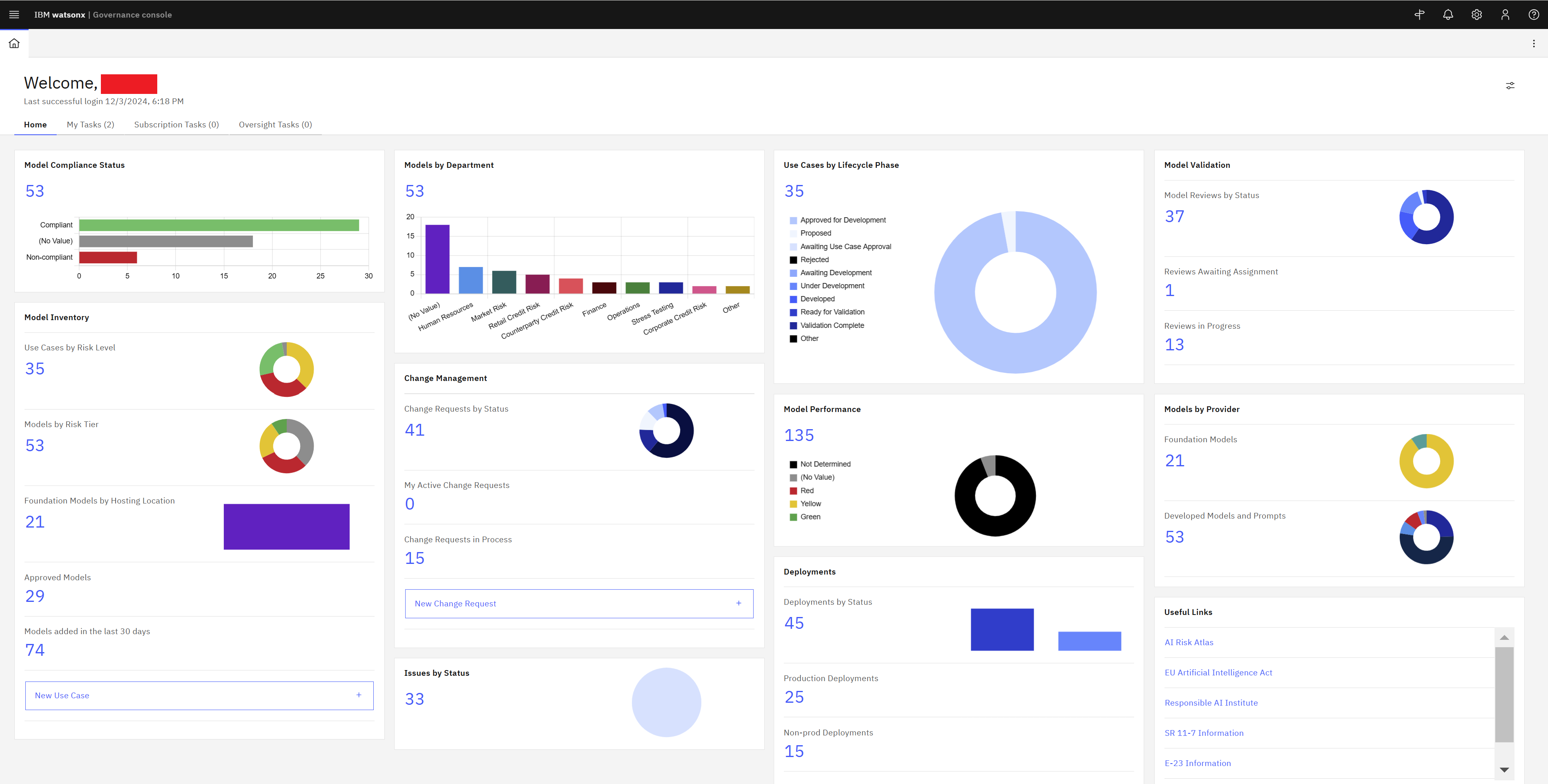

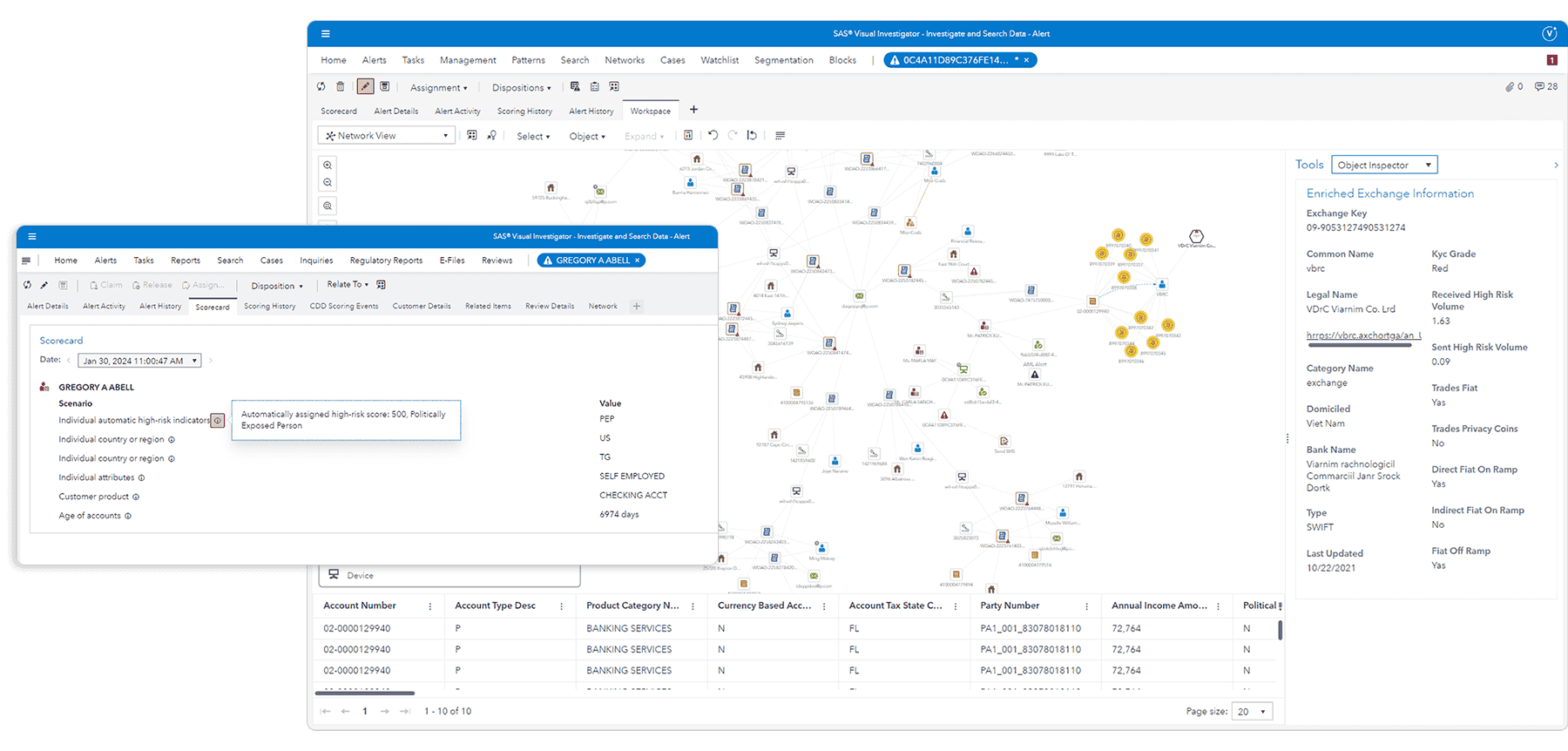

















.webp)

-1.jpg)










.jpg)



























.jpeg)







